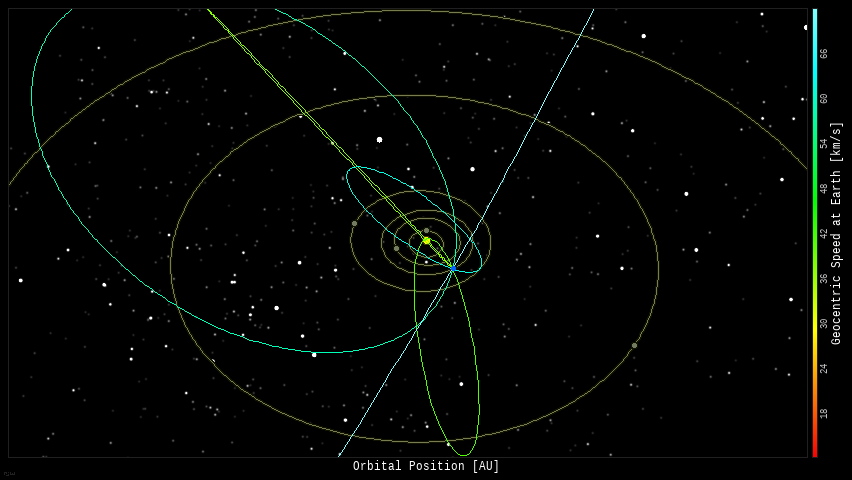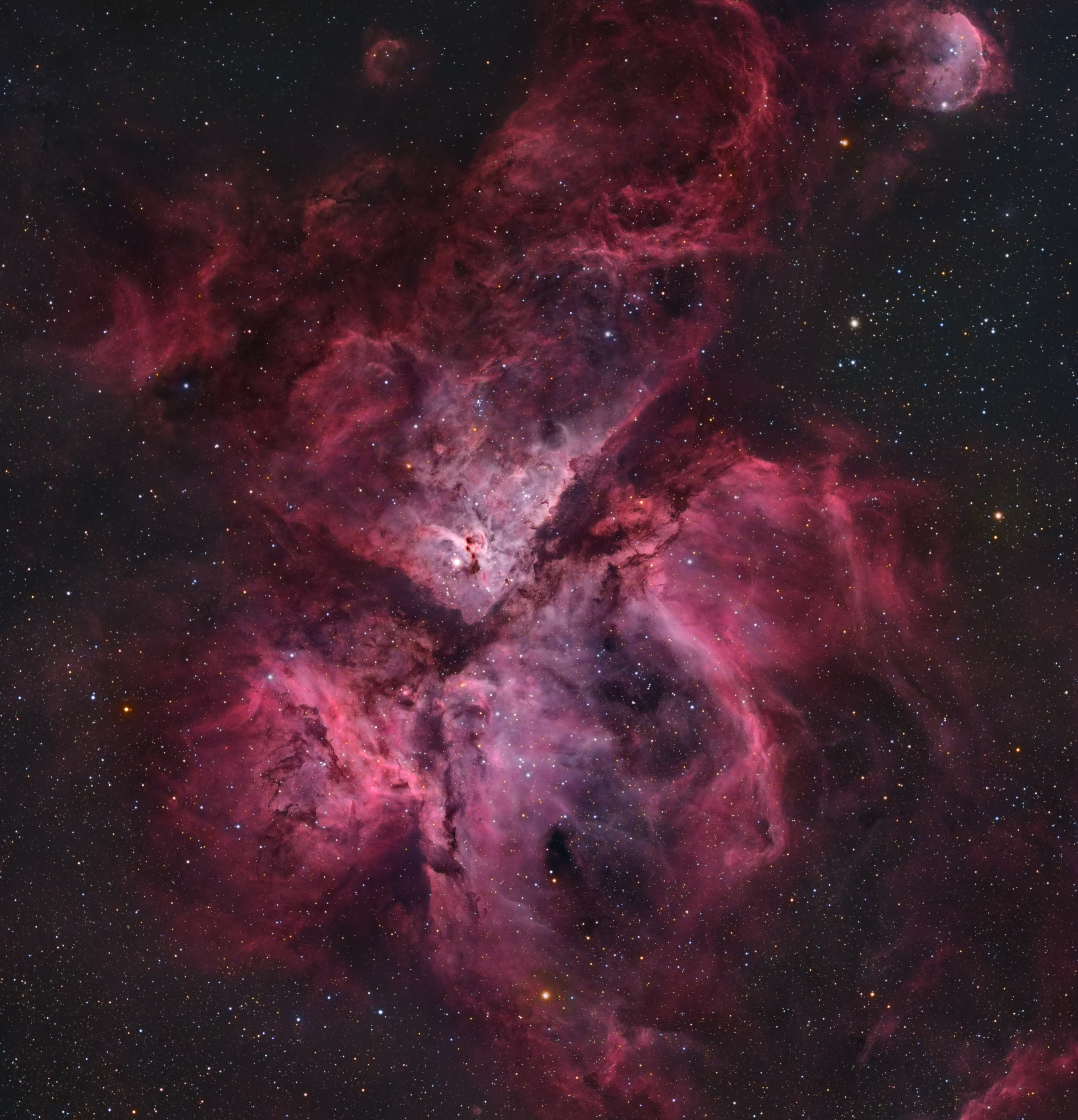Back from Vacation in the Keweenaw Peninsula
My wife and I are back from a week-long vacation in Michigan’s lovely Keweenaw Peninsula. Every year, a boatload of our friends, many of them old MTU buddies, gather there – some camping, others staying at hotels or at friends homes. Much of the group attended a LARGE picnic held at McLain State Park – right on Lake Superior. It was great to see old friends after so long!
One of the stores along U.S. 41 had vinyl Keweenaw Rocket Range stickers! Years ago, many of the same friends from the picnic had contributed to fund for the memorial that is now installed at the site; when word got out that these stickers existed, everyone wanted one!
The Upper Peninsula has the darkest skies in Michigan, with occasional aurora! Michigan Tech has an observatory, and offers several astronomy classes. The Keweenaw Mountain Lodge has applied for an IDA dark sky designation, and is holding dark sky/astrophotography events. And yet, neither an MTU student astronomy club, nor a public astronomy club exists in the Keweenaw Peninsula – I’m completely mystified.

Venus and Mars appear in the western sky at sunset – Mars is starting to get difficult to see as it fades into the glare of the Sun

Jupiter and Saturn appear above the southwestern horizon before sunrise; the waning gibbous Moon appears in-line with the planets on July 27th.

The waning crescent Moon appears in-line with Aldebaran and Betelgeuse in the eastern sky before sunrise on August 2nd

As I was editing the picture above, I noticed that the constellation Orion was rising in the eastern sky before sunrise… Winter is coming.

- The Moon is a Waning Gibbous – rising after sunset, visible high in the sky after midnight, and visible to the southwest after sunrise.
- The Third Quarter Moon occurs on July 31st – rises around midnight, and is visible to the south after sunrise.
- After July 31st, the Moon will be a Waning Crescent – visible low to the east before sunrise.

If you click on the Moon image above, or click this link, you will go to NASA’s Moon Phase and Libration, 2021 page – it will show you what the Moon looks like right now. If you click the image on that page, you will download a high-rez TIFF image annotated with the names of prominent features – helpful for logging your lunar observations!
Moon News:

The Sun has 2 very small sunspots. SpaceWeather.com says “These sunspots have stable magnetic fields that pose little threat for strong solar flares.”

You can view the Sun in near real-time, in multiple frequencies here: SDO-The Sun Now.
You can create your own time-lapse movies of the Sun here: AIA/HMI Browse Data.
You can browse all the SDO images of the Sun from 2010 to the present here: Browse SDO archive.
Amateur Solar Astrophotography

Solar Corona
Solar wind speed is 307.0 km/sec ▼, with a density of 13.2 protons/cm3 ▲ at 1210 UT.
Click here to see a near real-time animation of the corona and solar wind from the Solar & Heliospheric Observatory (SOHO).
Sun News:

- Near-Earth Objects (NEOs) discovered this month: 102, this year: 1537 (+173), all time: 26,339 (+137)
- Potentially hazardous asteroids: 2196 (+2) (updated 2021-07-27)
- Total Minor Planets discovered (NASA): 1,102,539 (+4,535)
- Total Minor Planets discovered (MPC): 1,086,655 (updated 2021-06-22)
Upcoming Earth-asteroid encounters:
| Asteroid | Date(UT) | Miss Distance | Velocity (km/s) | Diameter (m) |
| 2020 BW12 | 2021-Jul-27 | 16.7 LD | 9.8 | 21 |
| 2019 YM6 | 2021-Jul-31 | 17.9 LD | 13.5 | 135 |
| 2020 PN1 | 2021-Aug-03 | 9.6 LD | 4.6 | 30 |
| 2021 NL4 | 2021-Aug-03 | 12.8 LD | 10.1 | 68 |
| 2020 PP1 | 2021-Aug-03 | 13 LD | 3.6 | 16 |
| 2012 BA35 | 2021-Aug-11 | 6.9 LD | 4.2 | 64 |
| 2016 BQ | 2021-Aug-14 | 4.4 LD | 4.7 | 16 |
| 2016 AJ193 | 2021-Aug-21 | 8.9 LD | 26.2 | 655 |
| 2019 UD4 | 2021-Aug-22 | 14.2 LD | 5.5 | 86 |
| 2020 BC16 | 2021-Aug-24 | 15 LD | 6.7 | 34 |
| 2011 UC292 | 2021-Aug-24 | 9 LD | 8.5 | 98 |
| 2021 NS8 | 2021-Aug-25 | 18.4 LD | 4.2 | 35 |
| 2017 RK15 | 2021-Aug-29 | 13.3 LD | 11.6 | 26 |
| 2015 SW6 | 2021-Sep-05 | 15.9 LD | 9.9 | 45 |
| 2010 RJ53 | 2021-Sep-09 | 9.6 LD | 19.3 | 56 |
| 2020 KR2 | 2021-Sep-10 | 14.2 LD | 5.1 | 17 |
| 2017 SL16 | 2021-Sep-20 | 12.8 LD | 6.1 | 23 |
| 2021 NY1 | 2021-Sep-22 | 3.9 LD | 9.4 | 173 |
Asteroid News:

On July 26, 2021, the NASA All Sky Fireball Network reported 9 fireballs!
(7 sporadics, 1 Perseid, 1 southern Delta Aquarid)

Fireball News:
If you see a bright meteor or a fireball, please REPORT IT to the American Meteor Society and the International Meteor Organization!

Position of the planets & several spacecraft in the inner solar system on July 27th – the orbit of comet 67P is highlighted:

Position of the planets in the middle solar system – the orbit of comet 9P/Tempel 1 is highlighted:

Position of the planets in the outer solar system– the orbit of ringed asteroid 101199 Chariklo is highlighted:

Solar System News:

See a list of current NASA missions here: https://www.jpl.nasa.gov/missions?mission_status=current

ex·o·plan·et /ˈeksōˌplanət/, noun: a planet orbiting a star other than the Sun.
Data from the NASA Exoplanet Archive
* Confirmed Planets Discovered by TESS refers to the number planets that have been published in the refereed astronomical literature.
* TESS Project Candidates refers to the total number of transit-like events that appear to be astrophysical in origin, including false positives as identified by the TESS Project.
* TESS Project Candidates Yet To Be Confirmed refers to the number of TESS Project Candidates that have not yet been dispositioned as a Confirmed Planet or False Positive.
Exoplanet News:

July is Michigan’s Dark Sky Awareness Month
- Visit an International Dark Sky Park: https://www.darksky.org/our-work/conservation/idsp/parks/
- If you live in Michigan, visit the Michigan Dark Skies site: https://sites.lsa.umich.edu/darkskies/

Hubble – Beautiful Universe: Homunculus Nebula
The Homunculus Nebula is a bipolar emission and reflection nebula surrounding the massive star system Eta Carinae, about 7,500 light-years from Earth.
The nebula is embedded within the much larger Carina Nebula, a large star-forming H II region. From the Latin homunculus meaning Little Man, the nebula consists of gas which was ejected from Eta Carinae in 1841. It also contains dust which absorbs much of the light from the extremely luminous central stellar system and re-radiates it as infra-red (IR). It is the brightest object in the sky at mid-IR wavelengths.

Stay safe, be well, and look up!
Software Apps used for this post:
NASA Eyes on the Solar System: an immersive 3D solar system and space mission simulator – free for the PC /MAC. I maintain the unofficial NASA Eyes Facebook page.
SpaceEngine: a free 3D Universe Simulator for Windows. Steam version with VR support available.
Stellarium: a free open source planetarium app for PC/MAC/Linux. It’s a great tool for planning observing sessions. A web-based version of Stellarium is also available.




